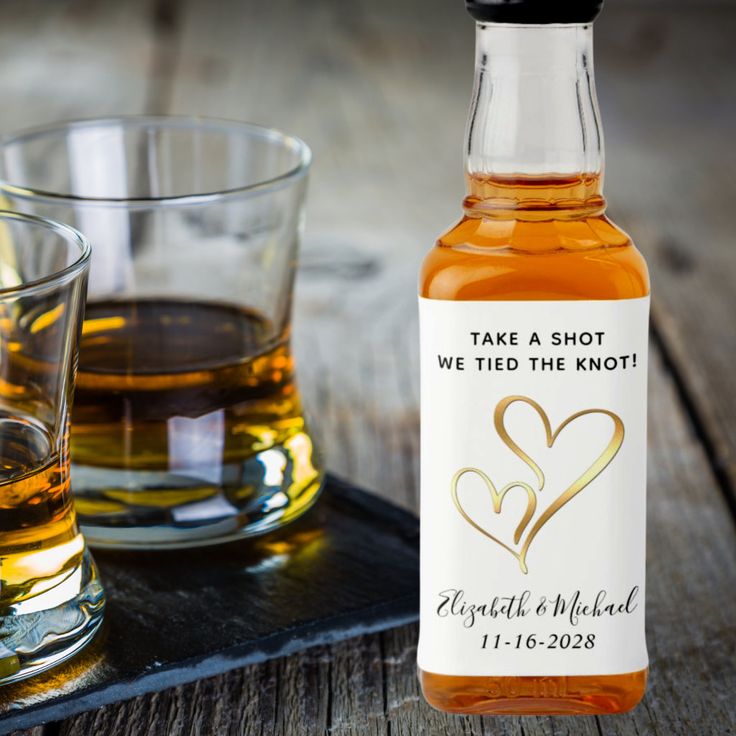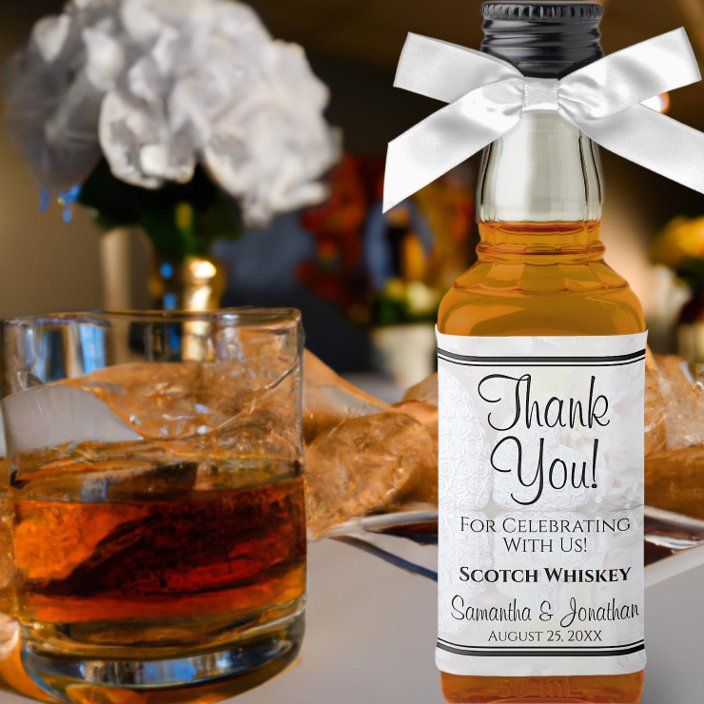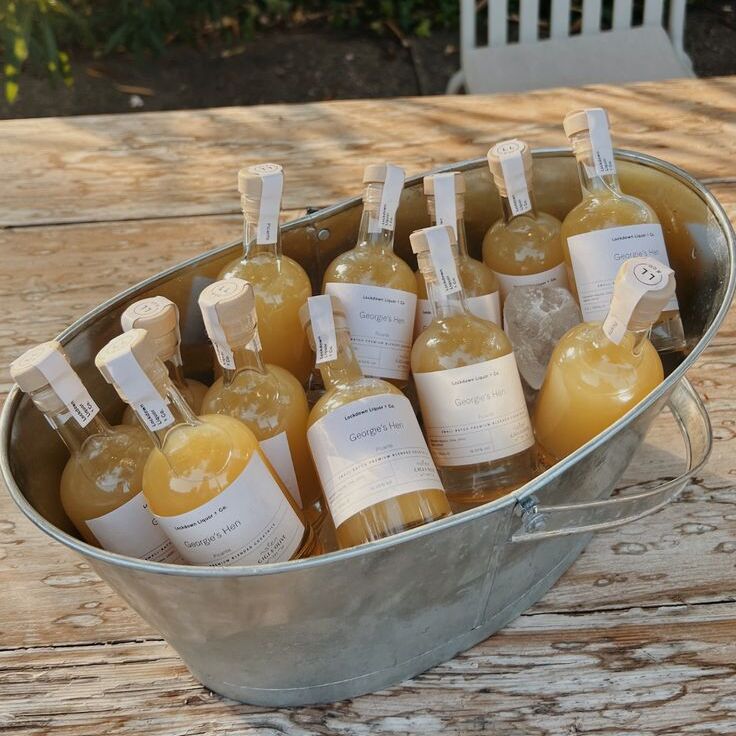When planning your wedding, one of the most crucial aspects is deciding how much liquor for a wedding you’ll need to keep your guests happy and the celebration flowing smoothly. The right amount of liquor not only enhances the atmosphere but also helps manage your budget effectively. This guide will break down the factors to consider, calculations to make, and tips for ensuring that your wedding drinks are perfectly planned.

Estimating Drink Servings Per Guest
Determining Drink Sizes and Servings
When planning your wedding, one crucial aspect is deciding how much liquor to provide for your guests. To begin this process, it’s essential to define the size of each drink. Typically, a standard wine bottle contains 750ml, which serves about six glasses of wine. If you’re including spirits in your offerings, a regular bottle can yield roughly eighteen standard servings. Additionally, for beer lovers, a standard barrel of beer can provide approximately 90 glasses. Knowing these measurements will help you specify the drink sizes to be served at your event, ensuring that you have sufficient quantities for everyone.
Estimation Based on Guest Count and Event Duration
The next step is to estimate based on the number of guests and how long your wedding will last. Assume each guest will have one drink per hour. For example, with 300 guests at a 4-hour event, you would need 1200 servings (300 guests x 1 drink per hour x 4 hours). Adjust this figure based on actual event duration and how you anticipate drinking habits will change during the event, like reduced consumption during dinner.
Choosing the Right Mix of Alcoholic Beverages
To create a memorable wedding, choosing the right mix of alcoholic beverages is essential. Your guests’ preferences play a significant role in determining the balance of wine, beer, and spirits.
Balancing Wine, Beer, and Spirits
A well-balanced selection can cater to diverse tastes. Consider a general rule of 30% soft drinks, 35% wine, 15% hard liquor, and 20% beer. Adjust these ratios according to the known preferences of your guests. Are they wine connoisseurs or do they prefer a craft beer? Knowing this can shape your decisions. If unsure, stick to the guide and ensure there’s something for everyone.
Remember to evaluate the nature of your celebration. Weddings with a focus on elegant dining may lean towards a higher proportion of wine. In contrast, casual, outdoor receptions might call for more beer. Always account for non-drinkers with a good selection of soft drinks.
Considering Guest Preferences and Time of Event
The time of your wedding also affects drink choices. Daytime celebrations typically see less alcohol consumption than evening events. Guests may be more inclined to enjoy light drinks such as mimosas or bloody marys during early hours, while evening gatherings can see a higher demand for wine and spirits.
Survey your guests ahead of time if possible. This can provide valuable insights into their drink preferences. Also, consider the day of the week; weekend weddings might inspire more indulgence, whereas a weekday may suggest a more moderate approach. Tailor your balance of beverages to align with these factors for a satisfying mix that complements your wedding’s atmosphere and timing.
Calculating Total Liquor Quantities
After determining drink sizes and the mix of alcohol needed, it’s time to convert those details into specific quantities. This section helps you figure out exactly how many bottles and barrels of liquor you should buy for your wedding.
Breaking Down the Numbers: How Many Bottles and Barrels?
When calculating total liquor quantities, start with basic conversions like how many servings each type of drink provides. For instance, from a 750ml bottle of wine, you can pour approximately 6 glasses. Therefore, if you need 420 servings of wine as previously suggested, that would mean buying around 70 bottles of wine. Likewise, considering spirits provide roughly 18 servings per bottle,
for 180 servings, you’d need about 10 bottles. Lastly, a 30-liter barrel of beer serves about 90 glasses, so three barrels will cover 270 servings.
Adjusting Quantities Based on Included Complimentary Drinks
Most wedding packages include some complimentary drinks. Don’t forget to count these when purchasing additional alcohol. Subtract the complimentary servings from your total needed amounts. If your package includes 30 glasses of wine, adjust your purchase from 70 to about 67 bottles of wine. This helps avoid overspending and reduce wastage. Remember, the key is knowing exactly how much liquor for a wedding is already covered, and adjust accordingly.
Understanding Your Guests’ Drinking Patterns
Adapting to the Drinking Trends of Wedding Guests
Knowing your guests’ drinking habits is crucial to not running out of liquor during your wedding. Observe past events to gauge their preferences. Ask your guests in a pre-wedding survey about their favorite drinks. This insight can help you adjust the traditional mix of 30% soft drinks, 35% wine, 15% hard liquor, and 20% beer. If most guests prefer wine, you might stock more wine and less beer or spirits. Some guests may prefer non-alcoholic options, so plan a varied selection for them too.
Weekend vs. Weekday Consumption Trends
The day of your wedding can influence alcohol consumption. Weekends usually see a higher alcohol intake, so stock more for a Saturday celebration. Weekday weddings, especially those followed by a working day, might have lower alcohol consumption. Consider this when deciding how much liquor for a wedding to purchase. Public holidays also impact drinking trends, with guests likely to indulge more. For a weekday wedding on a public holiday, treat it like a weekend in terms of anticipated alcohol consumption.
Optimizing Drink Ratios for Different Times of the Day
The time of day greatly affects how much and what type of alcohol your guests will consume. It’s essential to tailor your drink selection accordingly, ensuring guests enjoy their time and drink responsibly.
Planning Drink Ratios for Daytime vs. Evening Weddings
Daytime weddings generally have lighter drinking compared to evening events. For a daytime celebration, consider offering more soft drinks, light wines, and beers. A suggested ratio might include 40% soft drinks, 30% wine, 10% hard liquor, and 20% beer.
Evening weddings, however, often feature heavier drinking. Here, you might want to adjust to offer more spirits and wines. For example, a good evening mix could be 20% soft drinks, 40% wine, 20% hard liquor, and 20% beer.
Remember, these ratios are starting points. Adjust based on your specific guest preferences and the unique atmosphere of your wedding.
Considering Additional Factors
When planning how much liquor for a wedding, it’s vital to think beyond just the guest count and drink ratios. Special circumstances like public holidays and distinct parts of the wedding such as dinner or cocktail hours can significantly affect your planning.
Accounting for Public Holidays and Special Events
Public holidays can up the ante on alcohol consumption. For instance, a wedding close to New Year’s Eve might see a higher liquor demand. Factor in these dates when purchasing alcohol to avoid shortages. Also, special events, like a wine-tasting segment or a champagne toast, require extra alcohol. Include these additional requirements in your calculations to ensure everyone gets a glass when needed.
Making Adjustments for Dinner and Cocktail Hours
During dinner, guests often drink less as they eat. Plan to reduce the alcohol ratio slightly during this time. Conversely, cocktail hours may see a spike in drinking. People enjoy mingling with a beverage in hand. Anticipate this by preparing more cocktails and lighter drinks ahead of time. Tailor your drink quantities and types based on these event segments to maintain a smooth flow and satisfy all your guests.

